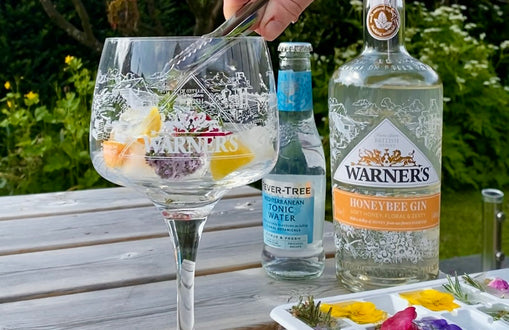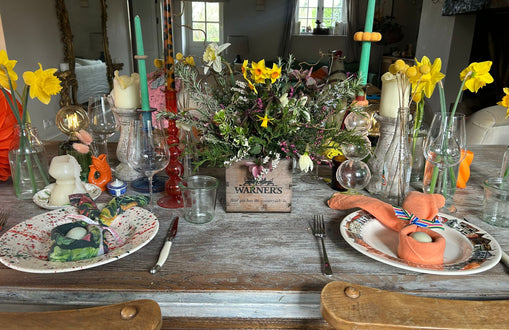World Gin and Tonic Day 2020
5 Fun Facts About Gin & Tonic
1. When was the first gin craze?
Take an era of ‘enthusiastic’ drinking, a political and religious fall out with the French (makers of ‘enthusiastically’ quaffed Brandy); then make it legal for anyone to distil their own gin. What could possibly go wrong?
Between 1720 and 1751, it’s estimated that on average people consumed half a pint of gin daily. Completely unregulated in a very competitive market, (there were 1,500 working stills in operation in London alone in 1726) unscrupulous distillers often cut their homemade spirits with turpentine and sulphuric acid to increase profit margins, creating barely palatable and often deadly concoctions.
Copious gin consumption, theft, and an abundance of social problems led to the commission of the now famous William Hogarth prints, Beer Street & Gin Lane, depicting the virtues and benefits of drinking beer versus the evils and despair of drinking gin, in support of what ultimately became the Gin Act 1750.
Find out more about Beer Street and Gin Lane on Wikipedia
2. And what about the current gin craze?
In the past five years alone, the total number of UK distilleries has risen from 140 to over 500 (largely due to the current ginaissance we’re in), sales have doubled, and over 50% of spirit sales can be attributed to gin. On top of that, almost two thirds of gin sales are for ‘pink’ gins.
3. Who started the pink gin craze?
Well, that would be us!
“We triggered the current pink gin craze when we launched the world’s first all-encompassing ‘pink gin’ with our Warner’s Rhubarb Gin in 2014,” explains Tom. “The soft pink colour of the liquid is because a third of every bottle is pure rhubarb juice, and nothing artificial – it’s as nature intended.
“This has subsequently led to a plethora of very similar products, including rhubarb-inspired drinks across the board.”
4. Why do we drink gin with tonic?
Quinine was traditionally used to treat and prevent malaria in the tropics. Because it was unpalatable, sailors tried mixed with ingredients like sugar and soda water, creating a sweeter, bubblier liquid to help the medicine go down, creating a tonic. Naval officers, who received rations of gin instead of rum, took theirs to the next level by adding some of their rations. to take the edge off.
5. What are the basic regulations that need to be followed so that a spirit can be legally called a gin?
Juniper, juniper juniper. For any distilled liquid to be called a ‘gin’, it must include the juniper berry as it’s primary botanical and predominant flavour (gin geek fact: the juniper berry isn’t a berry, it’s actually a female seed cone produced on juniper bushes) AND it must have a minimum ABV of 37.5%.
Anything that doesn’t meet those requirements is not a gin. A liqueur ‘gin’ that’s under 37.5%. Not a gin. A non-alcoholic ‘gin’. Not a gin. Warner’s 0% Botanic Garden Spirits range are the perfect non-alcoholic alternative to our sustainably crafted farm-grown gins. Packed full of flavour, with 90% of the ingredients sourced directly from our farm: a taste of the countryside that brings people together.




